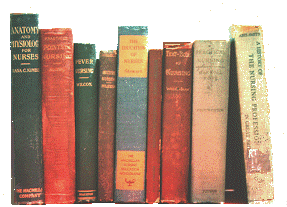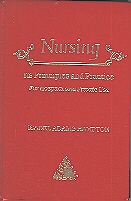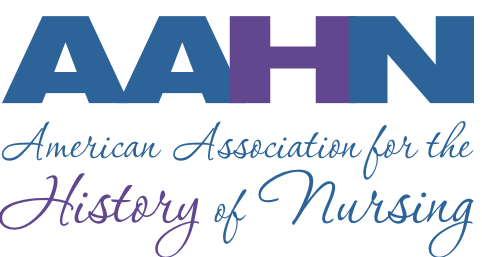
Old nursing books are collected by many people - whether because the books simply accumulate because they refuse to discard any or because they are serious collectors or nursing historians. Some collectors actually use their books for research and thus their books may have a focus, such as early textbooks or books about the Civil War. Nursing school yearbooks may be utilized as a data source in some studies. Fiction about nurses has been the topic of several research studies. Today the Cherry Ames and Sue Barton series are highly collectible! There is a all about the Cherry Ames series with details on collecting.
Of course there are collectors who acquire the books that are truly collectors items, such as a first edition Notes on Nursing. Like other antiques or collectibles, the value is dependent on a number of things, condition, age and availability being some factors. While any first edition of Notes on Nursing would be precious, one inscribed by Miss Nightingale would significantly increase its value. Likewise if other books are inscribed by the author the value increases. Some nurses like books with annotations which show how their owners either used the books or learned from experience. A fourth edition (1914) Materia Medica with handwritten notes is pictured below. These notes indicate other names, dosages and use for the medications.
Old nursing books can be acquired through many ways, some are simply inherited. Sometimes people have old books that they need to give away to a good home and collectors should not be shy about their interest in collecting books. Occasionally libraries discard old books, either giving them away or selling for nominal fees, these of course will have indelible library marks on them. There are many ways to spend money on books, too. Antique stores, antique book stores and specialist in old nursing books all are sources of collectible books. And of course at the AAHN Annual Auction, held during the Fall Research Conference books are a fast seller.
What old books are worth keeping? Peg Allen has written an article about this topic. But ultimately the answer may lie in what the keeper values. Historians will keep all nursing history books. Others may want early books in their own specialty or their own geographic region.
And not only old books are collectible: some contemporary books are certain to become classic nursing publications and if inscribed by the author, their value will increase. Reprints of classics are also available. Notes on Nursing has been reprinted numerous times but the quality of the reprints will influence their value. Marbled endpapers, quality of paper, quality of cover or binding, decorative touches such as a sewn in bookmark or gold leafed edges and raised spine all increase the cost and value of a reproduction.

Like any other antiques, careful handling and a controlled environment will prolong the life of these objects. Since books are primarily paper, which absorbs moisture, it is especially important to store them in an environment with a stable temperature and relative humidity, avoiding places where temperatures will fluctuate. Books should never be packed so tight they are difficult to remove and should never be pulled off a shelf by the top of the spine. Always grasp the center of the spine, pushing the books to either back if necessary, and removing the book from the shelf. Avoid using pens, sticky notes and keep all food away around precious books.
